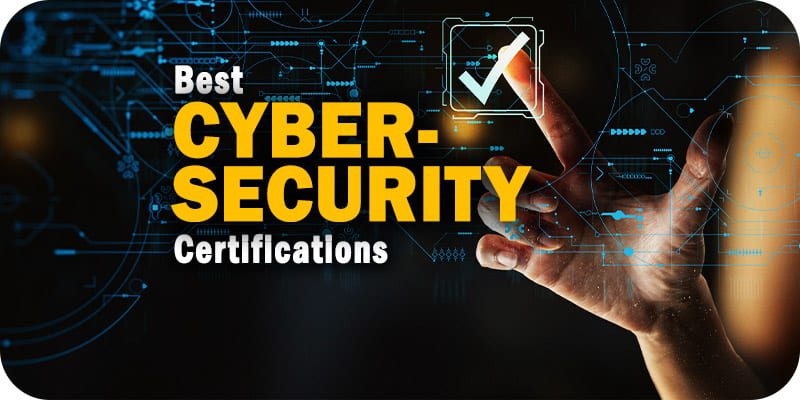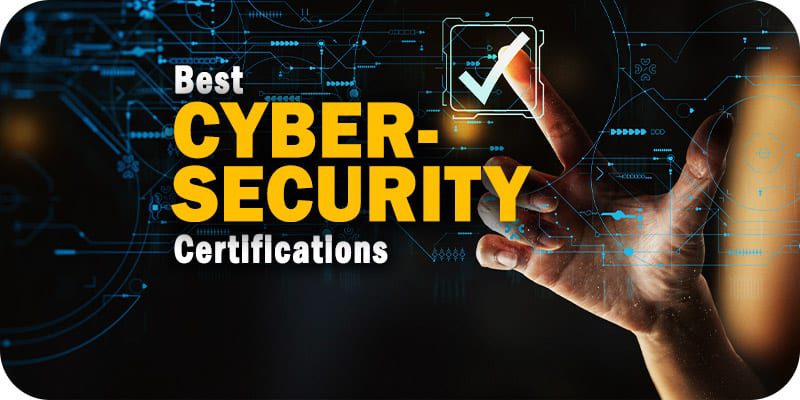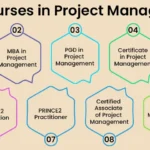My Journey into the Digital Fortress: A Beginner’s Honest Take on a Cybersecurity Course
Remember that nagging feeling? The one you get when you hear about another data breach, or when a friend’s social media gets hacked? That little shiver down your spine as you wonder if your own digital life is truly safe? Well, I remember it all too well. And that very feeling, that blend of fear and curiosity, is what eventually pushed me to sign up for a cybersecurity course.
I’m not a tech wizard. I don’t have a background in computer science, and honestly, before this, the most "hacking" I’d ever done was trying to figure out a new TV remote. But the digital world is a part of everyone’s life now, and I wanted to understand how to protect it – not just for myself, but maybe for others too. So, if you’re standing at the edge, wondering if a cybersecurity course for beginners is something you can tackle, let me tell you my story.
The Spark: Why I Decided to Dive In
For a long time, cybersecurity felt like something out of a spy movie – shadowy figures in dark rooms, typing furiously, breaking into top-secret systems. It felt intimidating, reserved for geniuses. But then, I started noticing how often cybersecurity issues popped up in the news. Small businesses losing customer data, hospitals having their systems locked up, even personal photos getting leaked. It hit me: this isn’t just about big corporations; it’s about everyone.
I also noticed a lot of talk about how many jobs were available in this field. People kept saying there was a huge shortage of skilled folks to protect our digital world. That got me thinking. Could someone like me, with no formal tech background, actually learn enough to make a difference? Could I turn that nagging fear into a valuable skill?
After a lot of research, reading countless articles (just like this one!), and watching a ton of introductory videos, I decided to take the leap. I enrolled in an online cybersecurity course that promised to start from the very basics. My main goal? To understand how the internet works, what makes it vulnerable, and most importantly, how to build stronger digital defenses.
The First Steps: What to Expect as a Beginner
Let me be honest: the first week was a bit overwhelming. It felt like learning a new language. Terms like "IP address," "firewall," "encryption," and "malware" were thrown around, and my brain felt like it was doing a hundred push-ups. But here’s the thing about a good cybersecurity training program: it starts slow.
We began with the absolute fundamentals. What is a computer network? How do devices talk to each other? What’s the difference between the internet and the World Wide Web? These were the building blocks. The instructors were patient, using simple analogies to explain complex ideas. For instance, they’d compare a network to a city, with IP addresses as house numbers and firewalls as security guards at the city gates. This kind of explanation made a huge difference.
I quickly learned that a cybersecurity course isn’t just about memorizing facts. It’s about understanding concepts and how they connect. We spent time learning about different types of attacks – phishing emails, viruses, ransomware – and what they look like in the real world. It was like finally getting a peek behind the curtain of the digital stage.
Unpacking the Curriculum: My Favorite Modules
As the course progressed, we delved deeper into specific areas. This is where it really started to get interesting, and I began to see how vast and varied the field of information security truly is. Here are some of the modules that really grabbed my attention:
-
Network Security: The Digital Bouncers
This module taught me how networks are built and, more importantly, how to secure them. We learned about firewalls (those digital bouncers that decide who gets in and out), VPNs (Virtual Private Networks, like secret tunnels for your data), and intrusion detection systems. It was fascinating to see how layers of protection are put in place to keep bad actors out. Understanding network security is a core part of any cybersecurity education. -
Ethical Hacking: Learning to Think Like the "Bad Guys" (for Good!)
This was probably the most surprising and engaging part for me. Before, "hacking" sounded scary. But ethical hacking is about understanding the tools and techniques that attackers use, so you can find weaknesses before they do. We learned how to perform vulnerability assessments – essentially, looking for cracks in the digital walls. It wasn’t about breaking the law; it was about understanding how a digital system could be broken, so you could then fix it. This shift in perspective was a huge "aha!" moment. -
Digital Forensics: Solving Digital Mysteries
Imagine being a detective, but instead of fingerprints, you’re looking at digital traces – log files, deleted data, network traffic. That’s what digital forensics felt like. This module taught us how to collect and analyze evidence after a security incident. It was like piecing together a puzzle to understand what happened, who did it, and how to prevent it from happening again. It truly showed me the problem-solving aspect of a career in cybersecurity. -
Data Protection and Privacy: Guarding Our Information
In an age where our personal data is everywhere, this module felt incredibly relevant. We discussed data privacy laws (like GDPR), how to properly handle sensitive information, and the importance of encryption. It made me realize the massive responsibility that comes with protecting people’s data. This part of the cybersecurity training felt very practical and immediately applicable to my own life.
The Bumps and Breakthroughs: My Learning Curve
It wasn’t all smooth sailing, of course. There were days I felt completely lost, staring at lines of code or complex network diagrams, wondering if I’d made a mistake. There were moments of frustration when a lab exercise wouldn’t work, or when a concept just wouldn’t click.
But that’s where the beauty of a well-structured cybersecurity course comes in. The instructors were always there to help, breaking down the tough parts into smaller, more manageable pieces. The online community of fellow students was also a lifesaver. We’d share tips, troubleshoot problems together, and encourage each other.
The breakthroughs felt amazing. That moment when a complex network diagram suddenly made sense, or when I successfully configured a firewall in a simulated environment – those were the moments that kept me going. It wasn’t just about theory; the hands-on labs were crucial. Actually doing things, even in a virtual environment, cemented the learning in a way that reading alone never could. I started to build my own "digital fortress" brick by brick, understanding each piece as I placed it.
Beyond the Classroom: What I Gained and Where I Am Now
Finishing the course felt like crossing a major finish line. I didn’t just gain certificates; I gained a whole new way of looking at the digital world. The fear I once had was replaced by a sense of understanding and, more importantly, a sense of capability.
I learned not only what cybersecurity is but also why it’s so important. I developed critical thinking skills, problem-solving techniques, and a foundational understanding of various security tools and concepts. This cybersecurity education opened my eyes to a world of possibilities.
Since completing the course, I’ve started exploring entry-level roles in information security. I’m actively applying for positions like Security Analyst or Junior Penetration Tester. The journey is still ongoing, and I know that cybersecurity is a field of constant learning, but I feel prepared and excited for what’s next. The skills I picked up are highly sought after, and I feel confident stepping into this growing industry.
Is a Cybersecurity Course Right for You? My Advice
If my story resonates with you, and you’re curious about protecting our digital future, then yes, a cybersecurity course might be an excellent path. Here’s what I learned and what I’d advise:
- You Don’t Need to Be a Tech Guru: Many courses are designed for absolute beginners. What you need is curiosity, persistence, and a willingness to learn. Don’t let your lack of prior experience hold you back.
- Look for Hands-On Learning: Theory is good, but practical experience is vital. Make sure the course you choose includes labs, simulations, or projects where you can actually apply what you learn. This is key for truly understanding cybersecurity for beginners.
- Consider Online Options: An online cybersecurity course offers incredible flexibility. You can learn at your own pace, often fitting it around other commitments. Just make sure it’s a reputable program with good support.
- Be Ready for Continuous Learning: Cybersecurity is an ever-evolving field. New threats emerge daily. A course provides the foundation, but the learning never truly stops. Embrace it!
- It’s More Than Just Coding: While some roles involve coding, many in cybersecurity focus on analysis, policy, risk management, and investigation. There’s a place for different skill sets.
Final Thoughts: The Digital World Needs You
Stepping into the world of cybersecurity was one of the best decisions I’ve made. It transformed my fear into knowledge and my curiosity into a potential career path. The digital world is expanding at an incredible rate, and with that expansion comes an increasing need for people who can protect it.
So, if you’re feeling that familiar shiver, that urge to understand and to contribute, I encourage you to explore a cybersecurity course. It might just be the beginning of your own exciting journey into the digital fortress. Who knows, you might just be the next hero our digital world needs. The adventure awaits!



